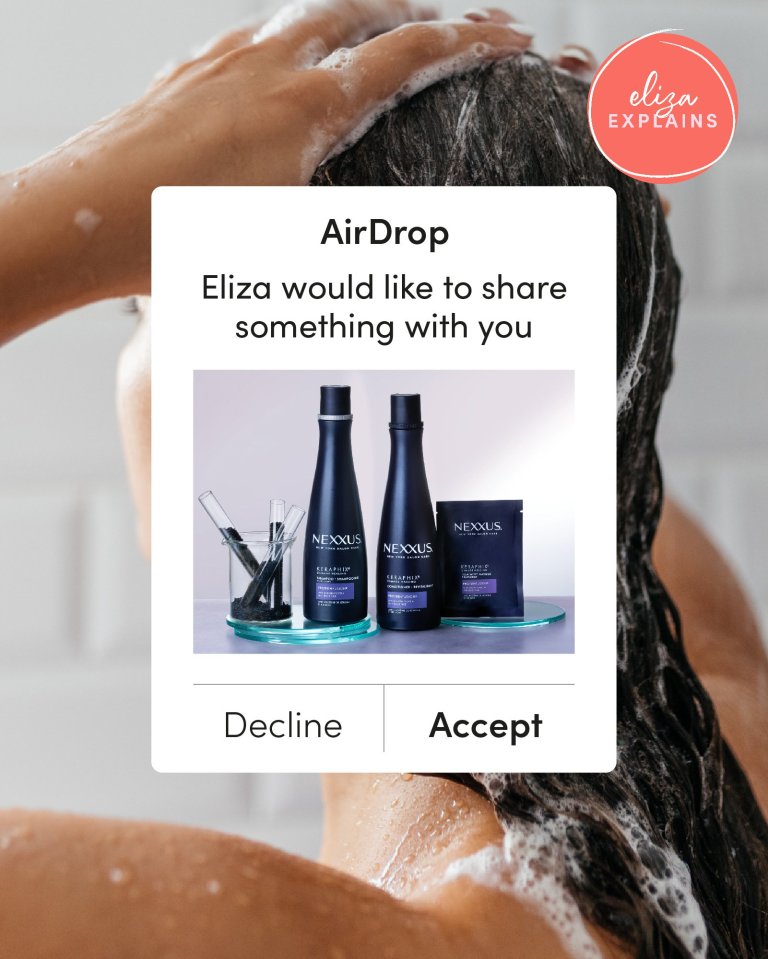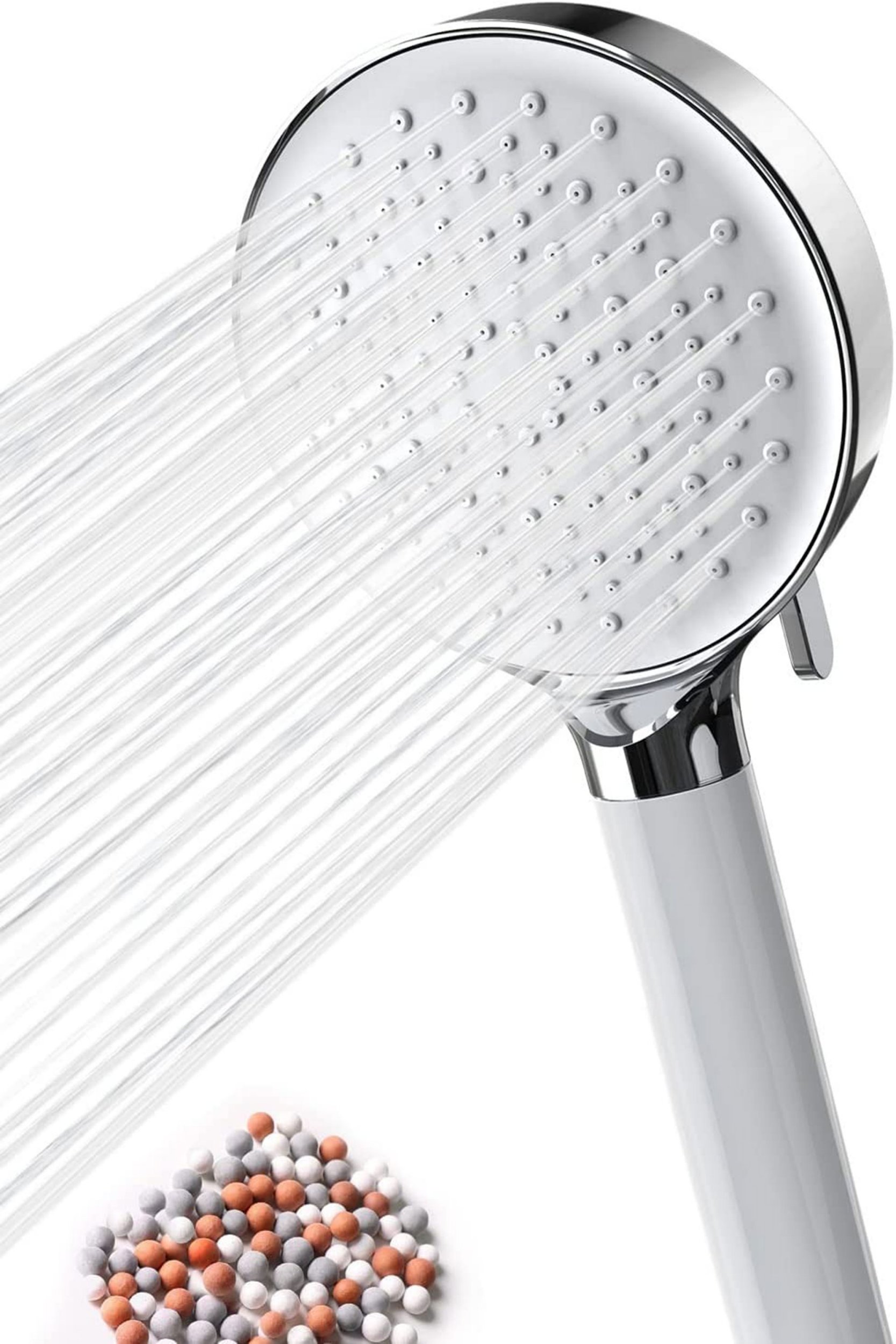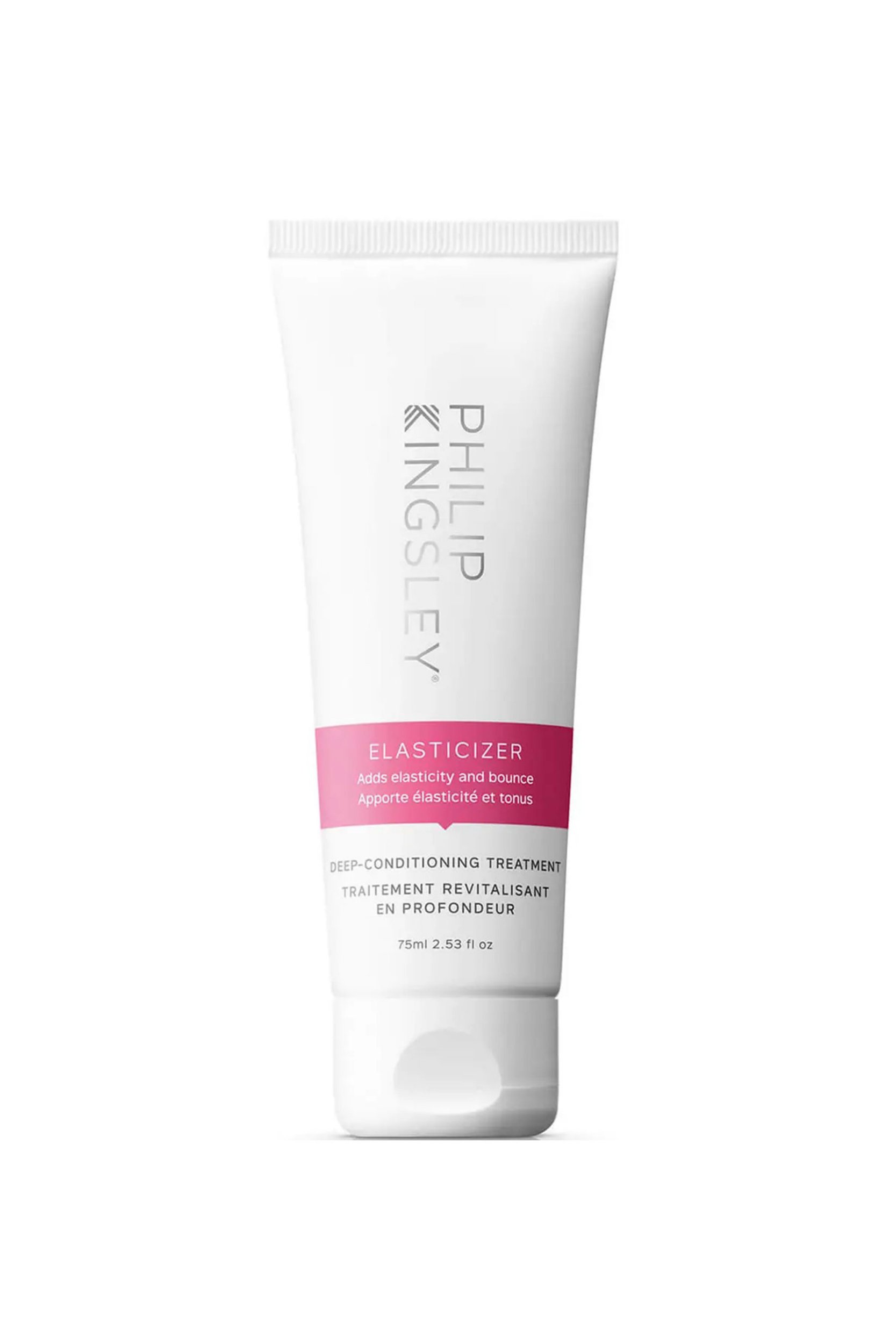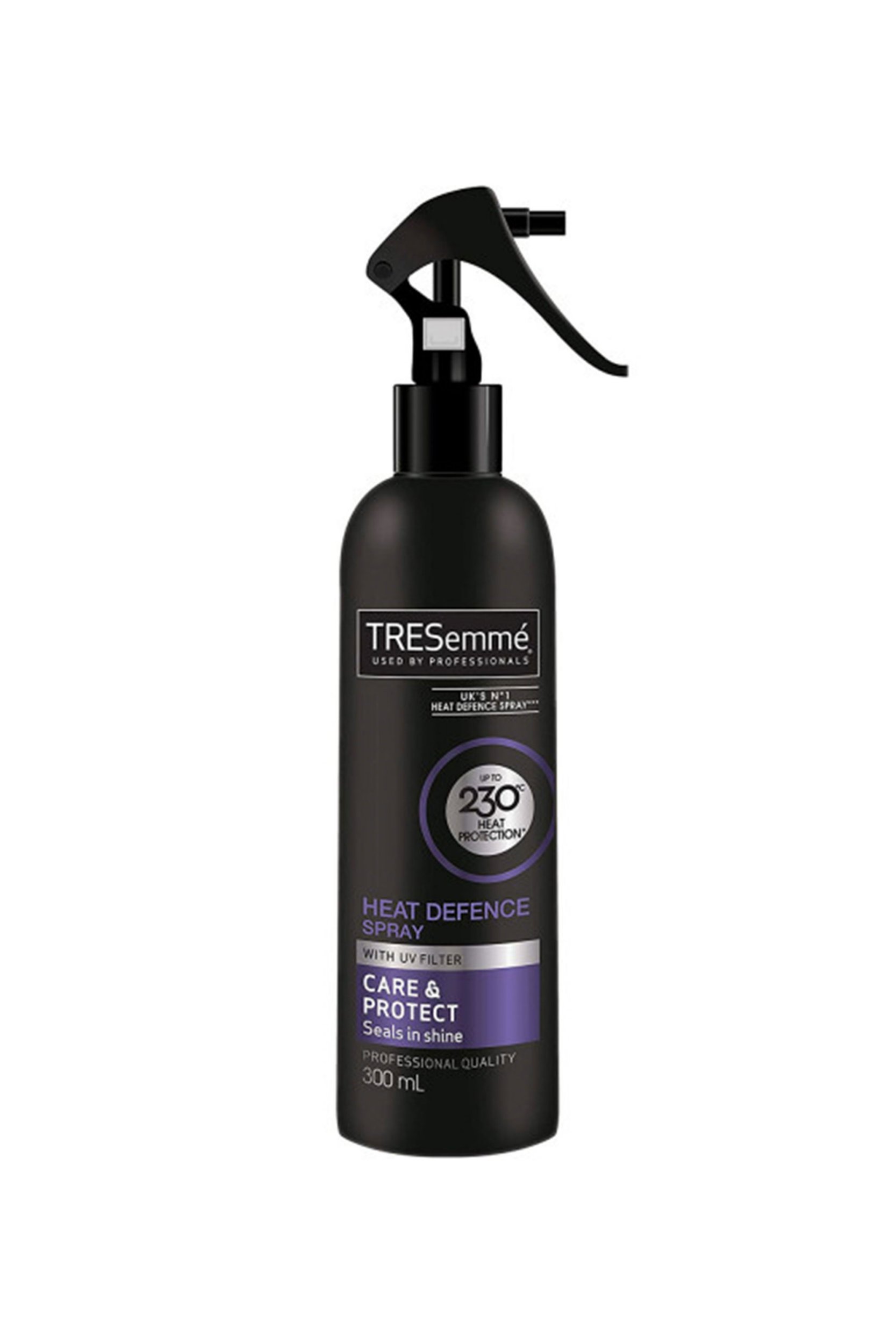There aren’t too many things more infuriating than hair that just won’t play ball, especially when you feel like you’re doing everything right to fight frizz and create glossy locks. Trust me, I know.
As someone with lots of colour treated thin strands, my hair is prone to getting rather frizzy whatever I do. And frustratingly, it turns out the water from my shower head could be playing quite a big part in making that worse. Who knew?!
It can be frustrating to spend your hard-earned cash on hair masks, leave-in conditioners, expensive shampoos and eye-wateringly pricey hair tools only to find that your hair is still feeling brittle and dehydrated each time you give it a wash.
You also might notice how much softer and healthier your locks feel after a salon blow dry, and this will be in part because of the water softeners that filter out some of the excess minerals bogging down your hair.
But don’t worry – not all hope is lost.
I’ve had the advantage of living in three parts of England and when I moved back down to the hard water capital that is London from the soft water central of the north, I noticed an immediate change in the quality of my hair.
So, with the help of a couple of experts, I’ve put together some tips, tricks and must-have products to combat the drying and weakening affect that hard water can have on strands.
What is hard water?
The term ‘hard water’ might sound a little oxymoronic because unless it’s frozen, water of course can’t physically be hard! But what this term is really referring to, is the high mineral content that’s in our H2O.
For example, London is renowned for having extremely hard water, which means you’ll find an excess of calcium, magnesium carbonates and sulphates. Whereas, in cities in the north of England like Leeds and Sheffield, you’ll be accustomed to a lower mineral content meaning water is a lot softer.
An easy way to tell the difference is when you make a cup of tea; if the water is hard, you’ll notice a thin layer on top that looks marbled and separated. Not ideal.
Want to know what the water in your area is like? This postcode checker can come in handy.
How does hard water affect your hair?
So, what does this all mean for your hair? Sara Bergantini, Style Director at fowler35 hair salon, says: “Hard water produces a film on the hair, making it difficult for moisture to penetrate. This leaves it very dry and prone to breakage.”
Not ideal if like me, you already struggle with thin hair that takes some serious work to make smooth and glossy, especially when hard water can increase the frizz.
What can you do to protect your hair from hard water?
The good news is, there are some easy solutions to the hard problem.
The first step when it comes to reducing the effect of hard water on our strands is to invest in a filtered shower head.
This one costs less than £20 from Amazon, and will make an immediate difference to the softness and hydration of your hair as it filters out unwanted minerals by using antibacterial mineralised balls.
As an added bonus, purifying your shower water will also help to improve dry skin and eczema, and this shower head is super easy to install, even for the DIY deficient like me.
Jordan Garrett from Hershesons says once you’ve invested in a water softener for your tank or a filtered shower head to reduce minerals from the start, there are also some steps you can take in your styling and haircare.
“If you have harder water at home, it’s important to get more nourishment back into your hair, especially if you have colour treatments or bleaching processes.”
“I’d recommend using nourishing hair treatments regularly and ensuring you’re always using heat protection on the hair before using tools.”
A hydrating shampoo
Even before I started taking the effects of hard water on my hair into consideration, Redken’s Shampoo was a hydration staple of mine.
It doesn’t strip the hair of any moisture like some shampoos can, and argan oil helps to hydrate and condition dry strands while also building up strength and structure.
A hydrating conditioner
Conditioner is a key step when it comes to detangling and replenishing thirsty hair, but that doesn’t mean it has to cost a fortune.
At just over £10, the Keraphix formula from Nexxus is a protein-infused keratin treatment, which means it strengthens and smooths struggling strands by resealing the hair cuticle.
By adding it to your routine, you’ll notice your ends start to feel healthier and less brittle, before they reach the point of no return.
A hydrating hair mask
Recommended by stylists the world over, there’s nothing quite as good at replenishing, strengthening and hydrating as the Elasticizer by Philip Kingsley.
Originally created for Hollywood icon Audrey Hepburn, the deep conditioning treatment penetrates the hair cuticle to rehydrate as well as providing UV protection to give colour an extra boost and combat dryness.
This is a pre-shampoo treatment and can be done in as little as 20 minutes, or if you’ve got the time, is most effective when left in a shower cap for a full hour at least once a week.
Plus, it really is suitable for all hair types, meaning this is a step in your haircare routine you just can’t miss.
A heat protection spray
An often overlooked part of most hair routines, heat protection spray is a non-negotiable, particularly if you’re dealing with hard water.
Sara explains: “Unfortunately, using heat on top of hard water will make the hair even more dry. Using a heat protector will defend your strands against thermal heat and environmental damage.”
Sara’s go-to is this Kérastase one.
However, if you’re more of a spray fan and would rather spend less than a fiver, then Tresemmé’s is a great alternative.
Approved by PETA and effective up to 230 degrees, this is the last step in the fight against the effects of hard water, so make sure you section your hair and cover each strand for smooth, glossy locks.
















